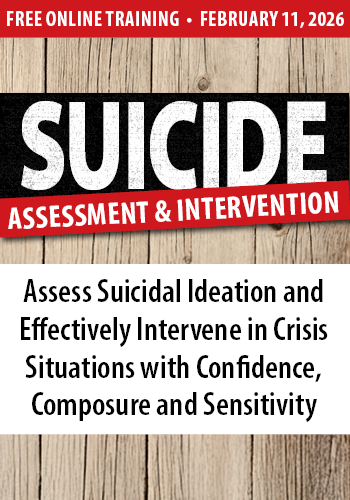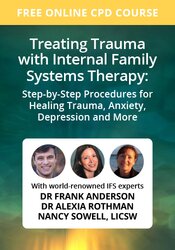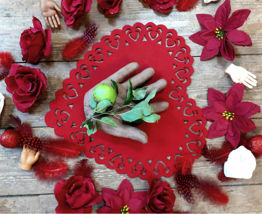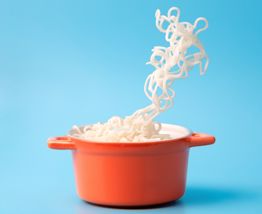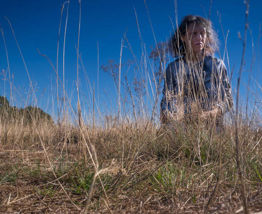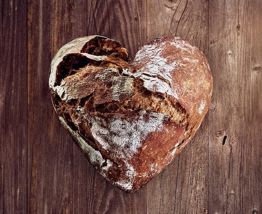Enrol in an online course today for flexible, self-paced learning—no fixed schedule required. Plus, enjoy lifetime access to course materials for convenient revisiting.
Kitchen Therapy: Edible Narrative Therapy
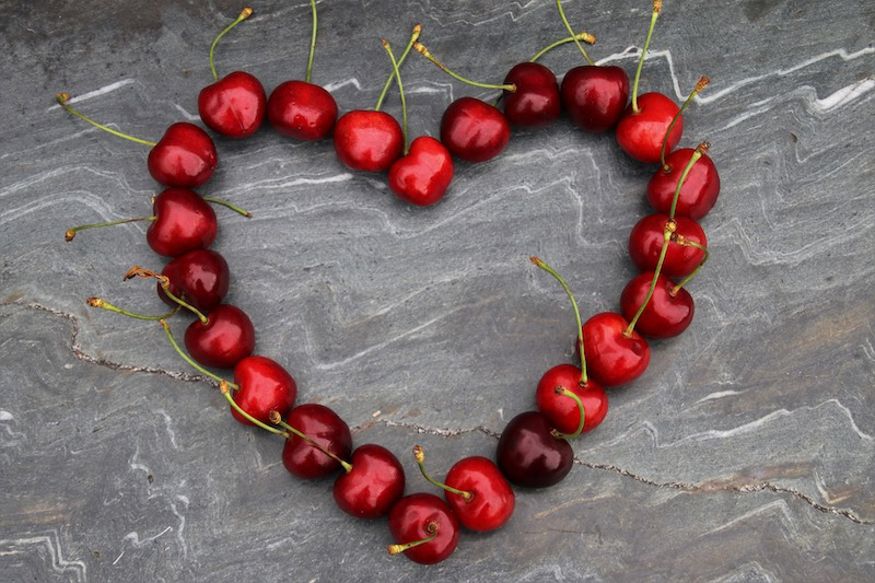
The food we choose, the way we make it and the memories it holds give us an ‘edible’ personal narrative – one which client and therapist can delve into together. This form of narrative therapy is one strand of the work I do in my Kitchen Therapy practice and, like the link between food and love that I wrote about in my blogs about the nursing couple and working with addiction, it has deep roots – for us as individuals and as a species.
Before I became a therapist, I studied anthropology and worked as a drama teacher, as well as teaching cookery. So I am fascinated by the relationship between people, narrative and food, including the improvisatory aspects of cooking and storytelling, and the ways in which they are context dependent and culturally derived.
We could say that our sense of time, story and place begin with using fire to feed ourselves. In both cooking and storytelling, we have the ‘before’: hunting and gathering the raw ingredients to introduce the scene, characters and themes. The ‘action’: simmering human ingenuity, creativity and calamity into the plot. The ‘ever after’: digesting satisfactions, learning and resolutions from this primal alchemical story.
This relational approach to cooking has playful, exploratory and guiding aspects to it, with differing therapeutic outcomes and endeavours. When we cook, we choose a dish, engage in a process, and reflect on what we have produced. By bringing awareness to the what, why and how of our cooking experiences, we offer on-going sustenance to our psychological and spiritual selves.
Playful aspects of ‘edible narrative therapy’: tell me about yourself
I like to think of dishes as archetypal characters, which also draws on my background in anthropology and drama teaching, as well as my interest in Jungian depth psychology. For instance, the Disco Diva is my version of Black Forest Gateaux. Her layered gown speaks of my European roots. She has many a story to tell of parties she’s graced, folk she’s seduced and messes she’s made. By bringing dark chocolate, light cream and luscious fruit together, she reminds me of the vital treasure found in my shadow. Finding the archetypal story in a recipe allows my hungry imagination to take me into lost, lurking or loving parts of myself, in a way that I can easily digest.
For my clients too, there can be something both playful and profound about finding themselves in a cake…
Guiding aspects of ‘edible narrative therapy’: who do you think you are?
We also tell ourselves stories while we cook. Examining these can reveal how we are relating to the world. For instance, having offered to cook a dish for my daughter to take to a party, I then found myself feeling weary and resentful. Catching myself in the act, I whisked on some lipstick and perfume, turned up the tunes and reminded myself how pleased I am to be invited into my daughter’s party-going world. The dish went to the party with good grace, leaving me feeling satisfied rather than put-upon. Observing our kitchen practice, catching and examining our thoughts as we cook, provides an embodied road to the inner self, enabling us to rewrite, reinterpret or resolve our interpersonal narrative.
Explorative aspects of ‘edible narrative therapy’: how do you do?
How do we feel about the food we produce, and what story does this tell about our relationships with others and ourselves? Having one of my best ideas, I invited a client who was stuck in the therapy work to bring breakfast – along with a personal story to tell about it – to our next session. Visibly shaken and unusually late, she shrank in with a tray of vegan muffins which, she explained, she had nearly thrown in the bin. She believed them to be “not right”, therefore they were unacceptable and shameful. In fact, they were delicious. More importantly for our work together, they told an edible story of the harsh super ego interrupting the therapy, deepening her anxiety and ability to enjoy life. The ‘breakfast story’ gave our work on-going sustenance, with an embodied lexicon to turn to, deepening our mutual understanding.
By understanding cooking and eating her/histories, we create the opportunity for change – for new themes, meanings and ideas to emerge. In this way, working with food is like working with dreams, providing an edible path into the inner world. By thinking about cooking in narrative terms, we allow food and its preparation to feed us on a deeper, more meaningful level – long after the meal is over.



